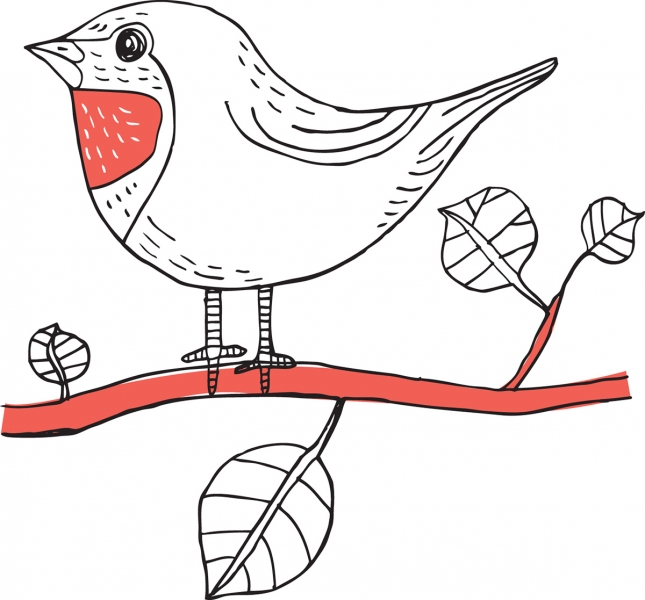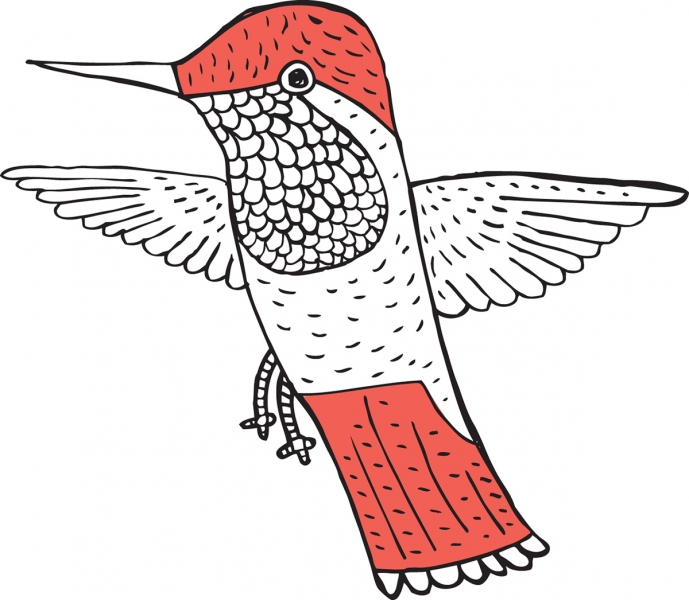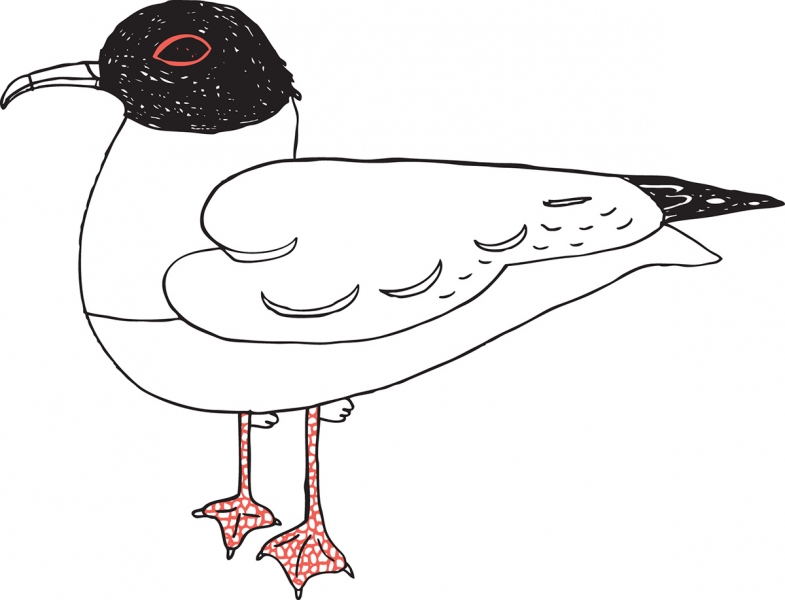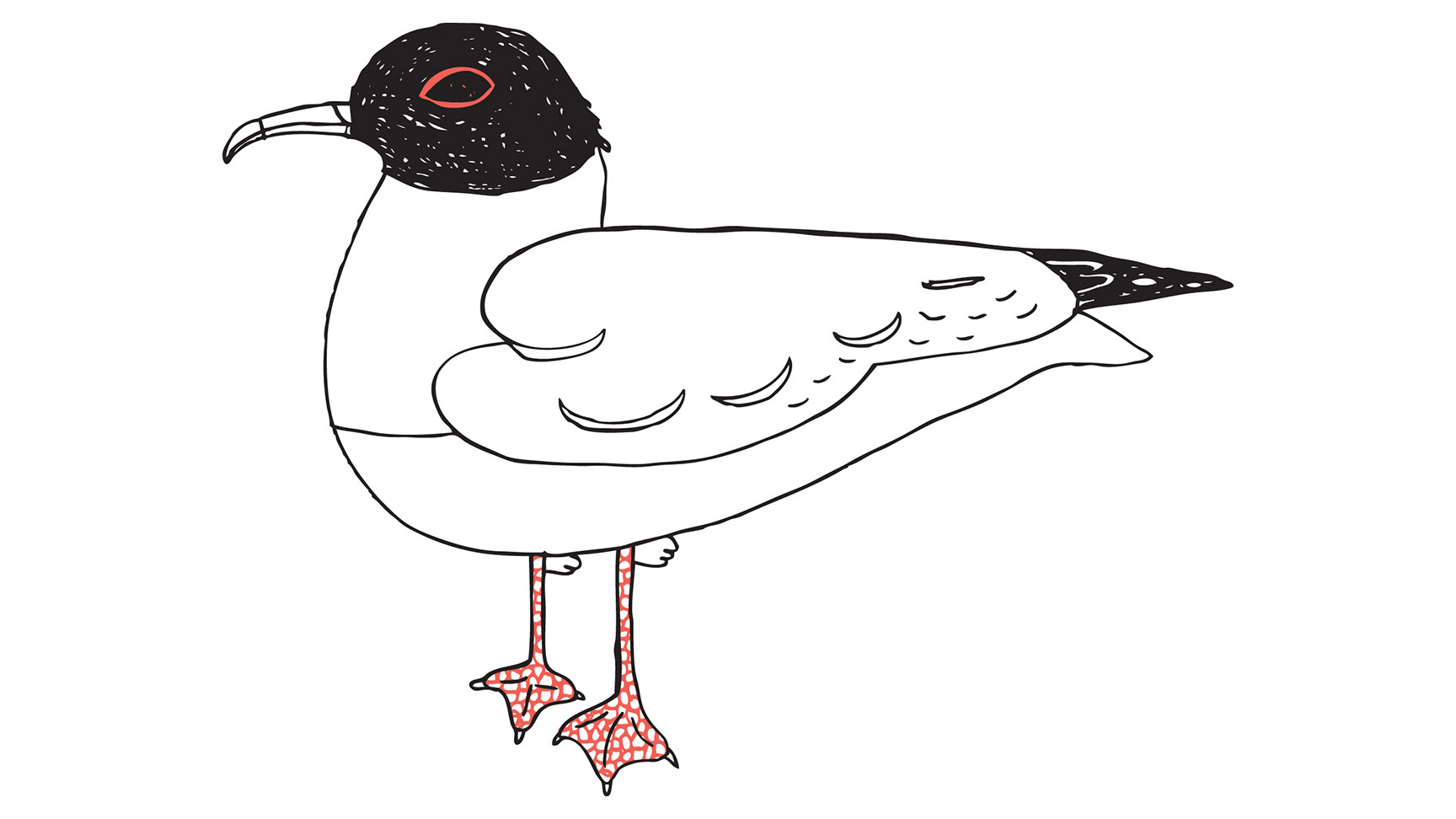Create a Brand that Resonates
Now that we've all embraced differentiation, everyone's different is looking the same. Business consultant Michael Roderick says referability is the new word to watch.
• July 2020 issue
A Different Kind of Different
For a long time, there’s been a movement around differentiation. The idea is that being different helps distinguish you in the market, which can perhaps make you more successful. Well-intentioned business experts have created volumes, courses, webinars, keynote speeches, articles, books, and videos—all teaching people how to be different.
Then everyone took the advice and everyone’s different became the same.
So if we’re all different in the same way, what sets anyone apart? How do you cut through this constant quest for differentiation and create a brand that resonates?

Michael Roderick
Michael Roderick, business consultant, speaker, and owner of Small Pond Enterprises, says the key is referability. Referability is a concept that describes how much people talk about you and your business when you’re not in the room. Is your brand referable? What do people say about you? And, how do you create a referable brand that people talk about in positive terms even when they’re not prompted?
Roderick says there are three principles behind establishing referability: accessibility, influence, and memory.
Accessibility
“Are you using language that people outside the industry will understand?” asks Roderick. “If it’s too much insider talk, then you’re not going to be able to show as much value to your audience. Instead, find productive ways to communicate with your audience in terms they can follow.”
How? Ditch the technical talk about technique, equipment, and post-production and position your communications around the core concepts that interest your clients. Focus on these three goals:
1. Solve a problem. Explain how you will solve a problem your client is experiencing.
2. Alleviate pain. What are people not enjoying about the typical process and how can you get rid of it?
3. Decrease friction. What is slowing down the process? This is often about creating a shorter timeline. “Give people their time back, and they will reward you,” says Roderick. “Most people are happy to trade time for money.”

Influence
“A lot of people think about influence in the context of trying to get someone to do something,” says Roderick. “But for your brand, you should think about it in terms of whatever makes your client look good. When you make them look good, they will share it, and your business will benefit.”
Always consider what you can do to make your client look better in their community. When you do that and you make your work inherently shareable, then you’re going to be the photographer who comes up in conversation.
This leads into the concept of associative leverage. Think about how you can leverage your professional associations to help your business appear more substantial. If you’ve worked with a brand, and you put yourself out there in association with that brand, then people are going to associate you at the same level.
“Always think about the associations you have that will give people a shortcut to your influence and ideas,” suggests Roderick.
“Everybody has something in their background—could be where you went to school, could be a big project with a high-profile client, could be a professional association like PPA—that will tell people they can trust you.”
Another way to increase your influence is to become an innovator in your field. This doesn’t necessarily mean inventing a new technique or technology. It could be as simple as codifying your own unique way of doing things and then communicating that to potential clients.
“If you create your own intellectual property, your own way of thinking about things and doing things, then you’re a step ahead of everyone who’s just a technician,” says Roderick. “If you’re just taking pictures with no distinct methodology, then you’re going to lose to the person who’s spent time developing their own process.”
Memory
People share what’s easiest to remember. If you want people to remember you, think LESS:
- Language. Whenever someone comes up with their own language for something, it’s easier to remember and share. Think all the way back to Shakespeare. There are words in the English language that exist because Shakespeare put them there. Shakespeare is certainly memorable.
- Emotion. Emotion solicits memory. “If I’m feeling something when I’m looking at your material, I’m much more likely to remember it,” says Roderick. “When you’re creating content, it’s important to remember how you’re using emotion. Images that work on an emotional level are much, much more memorable.”
- Simplicity. We tend to remember only a certain amount of information at a given time. Clients are more likely to remember something that’s simple.
- Structure. If you create a logical structure for people to look at your material, then they’re going to remember it. Think about your communications and processes from the client’s perspective. What is a logical starting place? Put things in a sequential order to help people understand.

Cutting through the noise
To break through the buzz, start from a perspective of who you want to serve first, recommends Roderick. The problem is that everyone wants to blast out messages to everyone, shouting Here I am! and Here’s what I offer! That approach isn’t customized enough for today’s marketplace. A solution for everyone is a solution for no one.
Take a step back. Who do you want to reach first? Gear your communications to that specific audience so they feel like you’re speaking directly to them. The more you dig into the audience you want to serve first, the more targeted your content will be. The more targeted your content is, the more you’re going to find people who are focused on what you do best.
Following this process doesn’t mean you have to practice a narrow specialty to set yourself apart. “If you’re in a small market and need to do different kinds of work to generate enough revenue, then think more about specializing in a process instead of specializing in a particular kind of work,” says Roderick. It’s less about being a pet photographer who specializes in iguanas, and more about being someone who’s created a specialized process, a particular way of doing things. People can recognize your unique approach—and the value it holds—and will consider whether that approach can be applied to different types of work.

Question zero
Start with question zero: Why are you doing this? Your brand and all your ideas will come from the answer to that question. If your answer is “to pay the bills,” then it’s going to be difficult to create a brand. However, if you have an inspiration for why you do what you do, you can generate ideas about how you can help solve clients’ problems, alleviate their pain, and reduce friction.
“Most of the mistakes I see people make stem from never taking that first step of asking what they can do for their clients and how they can make their clients’ lives better,” says Roderick. “How you approach those considerations will help define your brand and, ultimately, differentiate you in your field. We are living in an interesting time.”
“One of the most important factors for success is having your own, distinct brand. We can’t hide under the umbrella of another brand. We have to think about what we are putting out there in the world and how it’s going to help everyone else. That’s how you begin to set yourself apart.”
Jeff Kent is editor-at-large of Professional Photographer.



